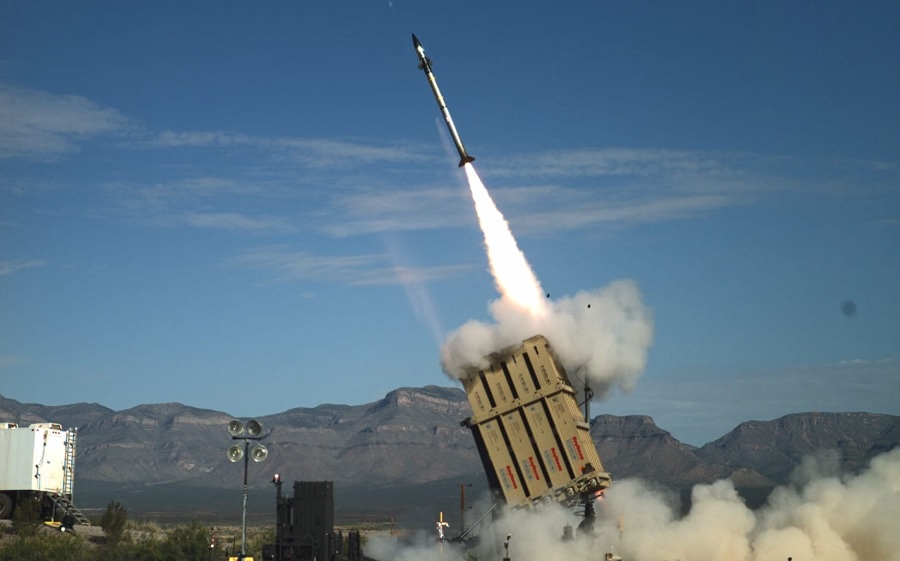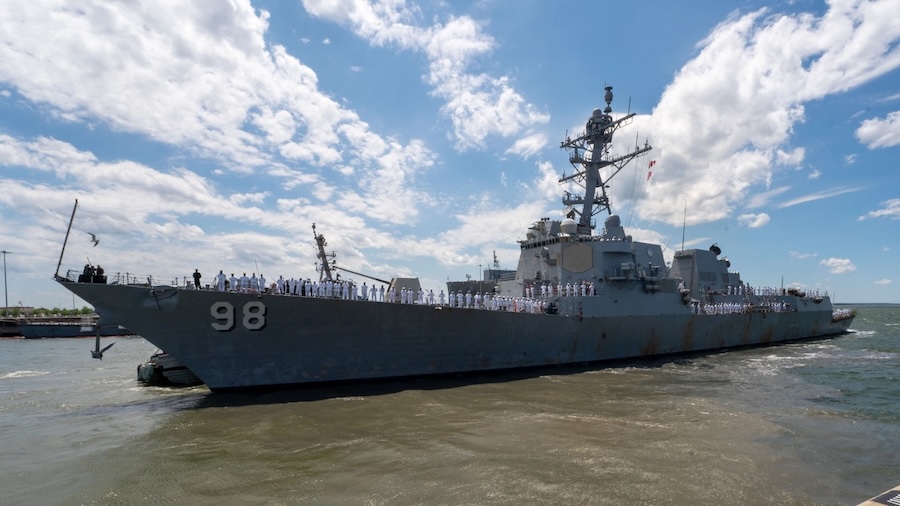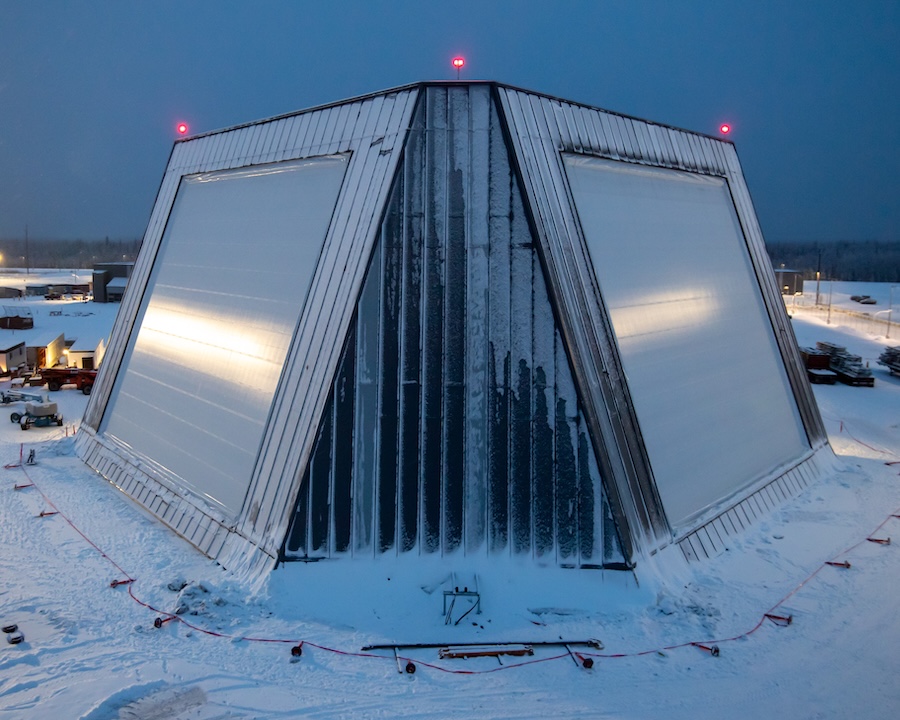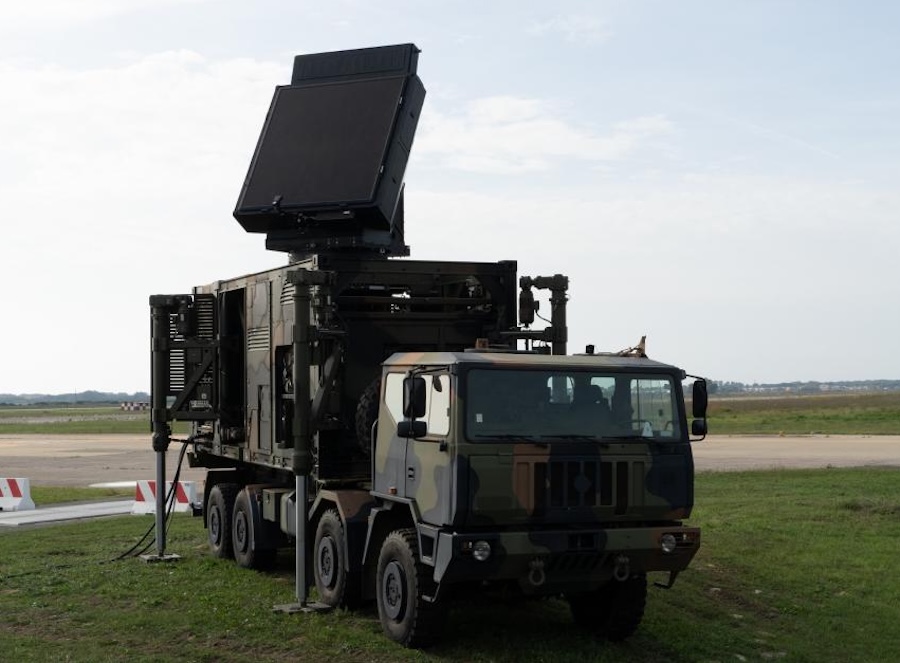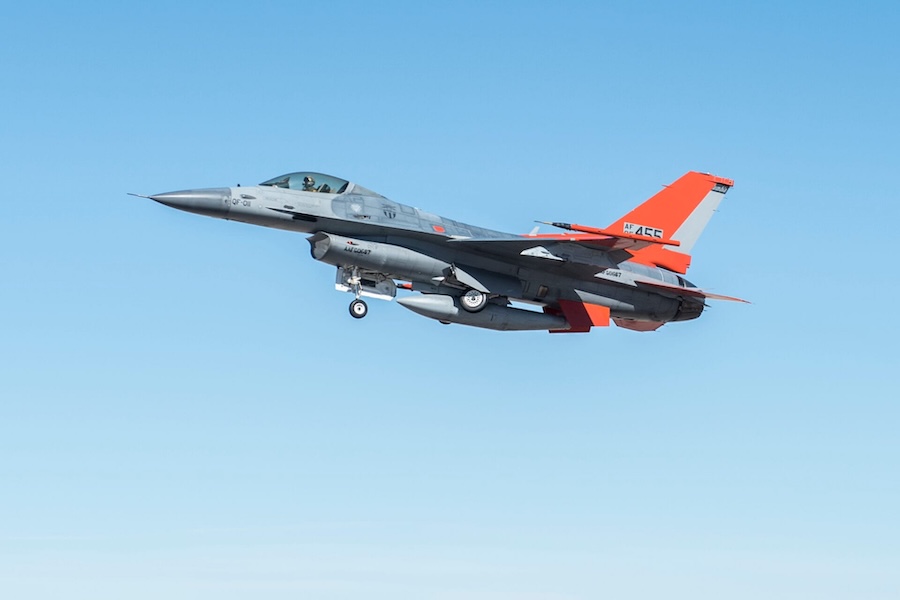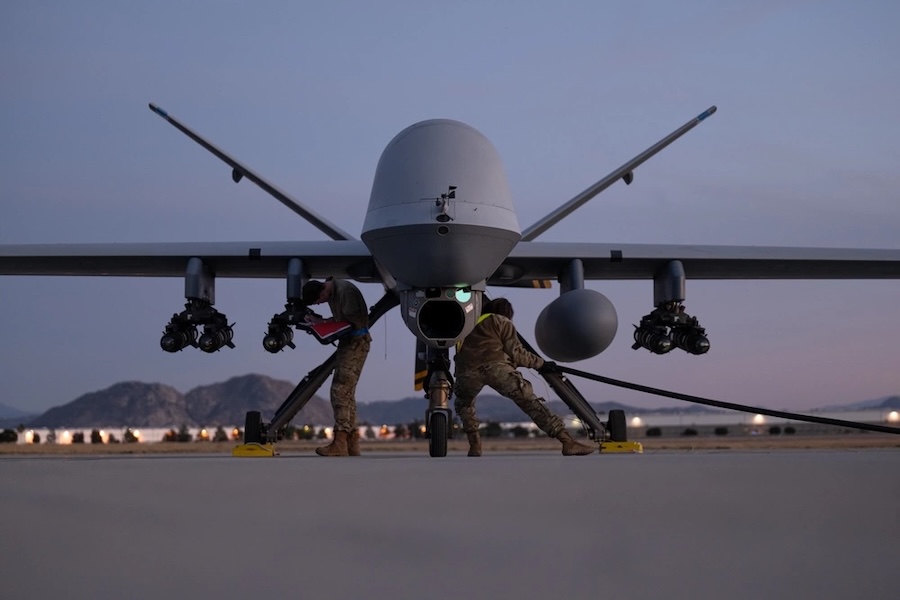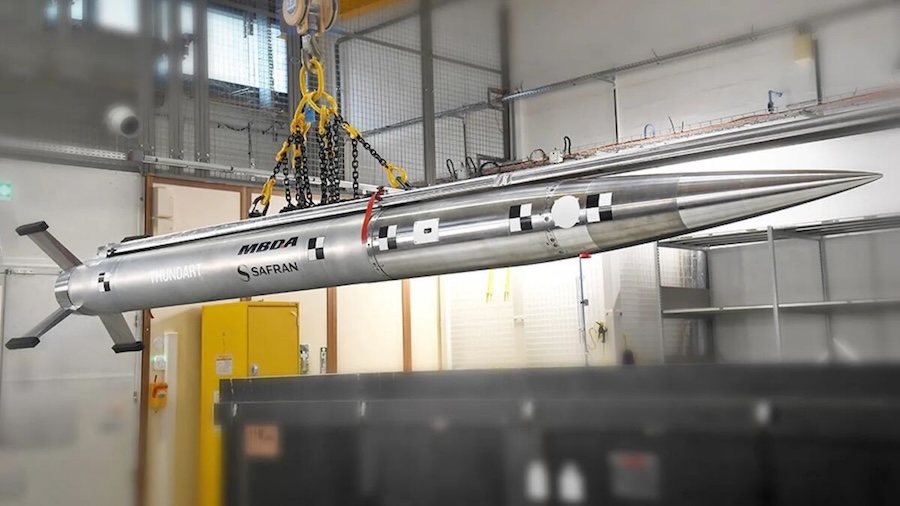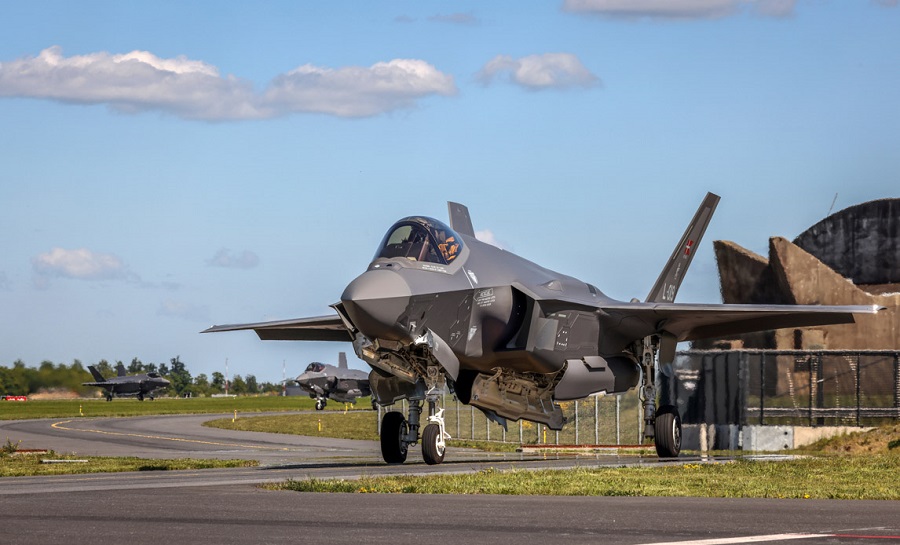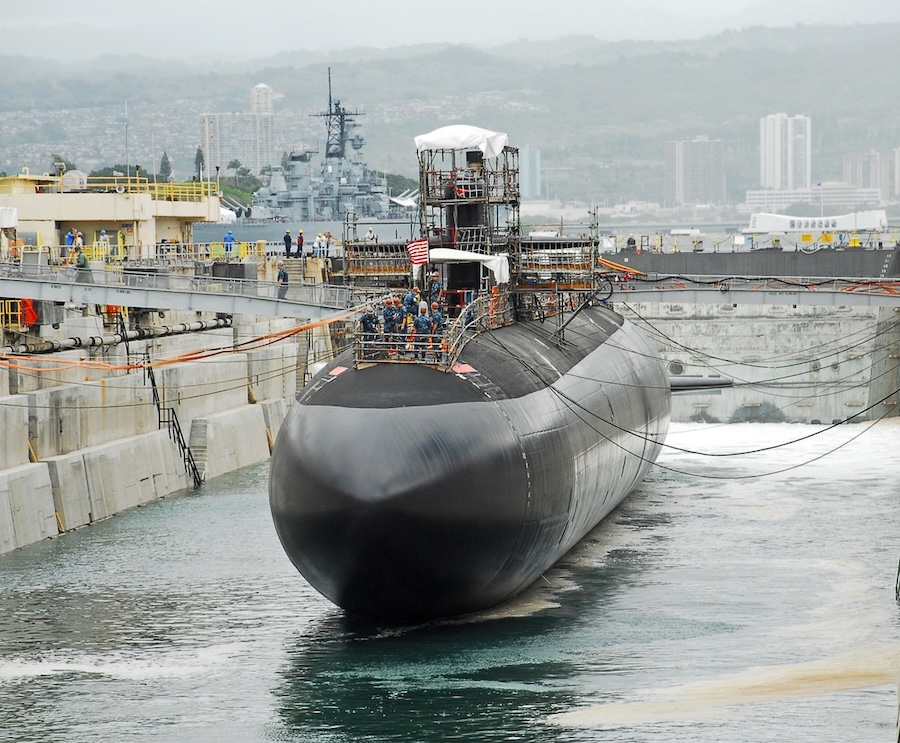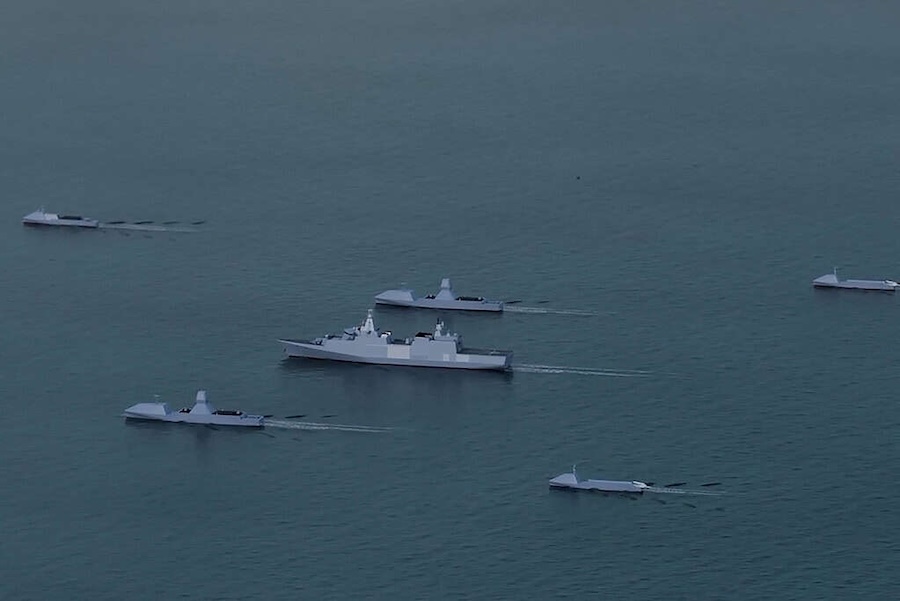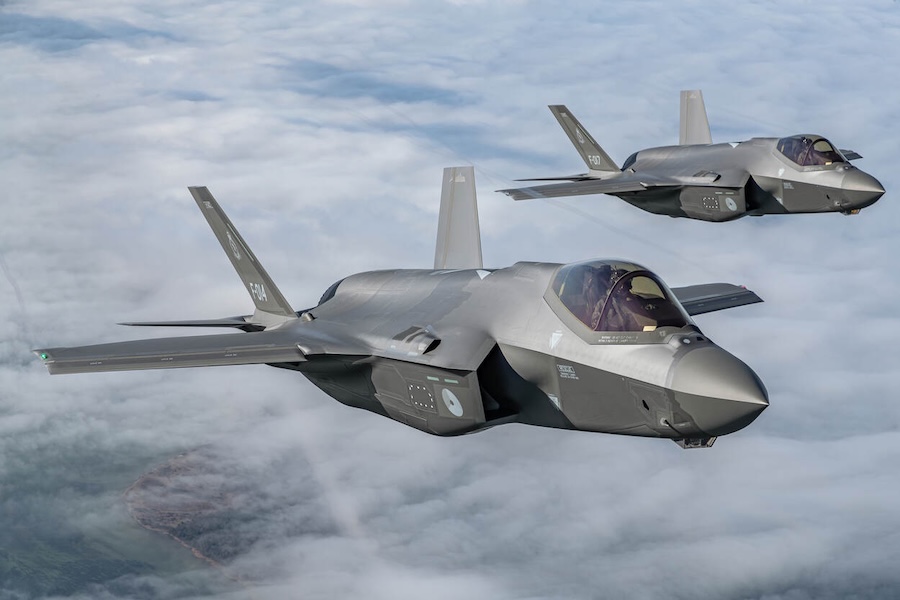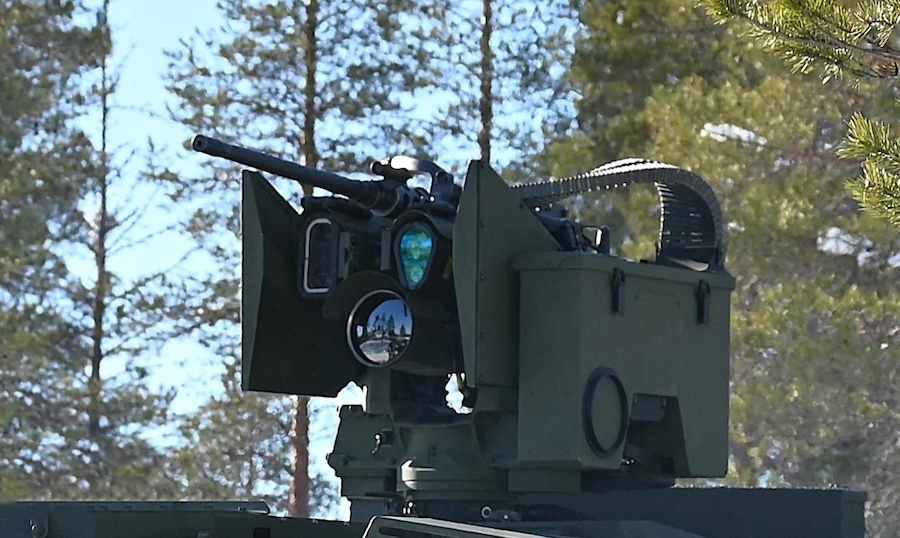Officials from the Marine Corps Systems Command at Quantico Marine Base confirmed that this latest order brings the total value of the MRIC contract to $412.5 million. RTX Raytheon previously received a $32.5 million contract in July for 44 sets of long-lead items, spare parts, and upgrades to earlier prototypes to maintain production schedules.
MRIC integrates the Marine Corps Ground/Air Task-Oriented Radar (G/ATOR) and the Common Aviation Command and Control System (CAC2S), while incorporating technology from Israel’s Iron Dome. Its interceptor, the Raytheon SkyHunter missile, is the U.S. version of Israel’s Tamir missile and offers a range of 2.4 to 43.4 miles against cruise missiles, rockets, mortars, and drones.
The SkyHunter missile is jointly produced by Raytheon Technologies and Rafael Advanced Defense Systems. It uses an active radar seeker for terminal guidance, electronic designation systems, a two-way data link, and flight-control electronics. Iron Dome, on which the system is based, has demonstrated an 85 to 90 percent success rate in real-world operations and can be rapidly deployed for layered defence with systems such as Patriot or THAAD.
MRIC’s radar and infrared sensors rely heavily on digital signal processing (DSP) to identify and track multiple aerial threats simultaneously. This technology enables the system to filter and analyse radar signals, providing real-time situational awareness and rapid response to complex, fast-moving targets.
The trailer-mounted MRIC launcher can carry up to 20 missiles in four levels of pods. The Marines plan to deploy the first MRIC-equipped platoon later this autumn, marking a major step in restoring mid-range defence capabilities lost since the retirement of the MIM-23 Hawk missile in 1997. Full fielding across all three Low Altitude Air Defence Battalions is scheduled between 2026 and 2028.
Source: Military & Aerospace Electronics.




